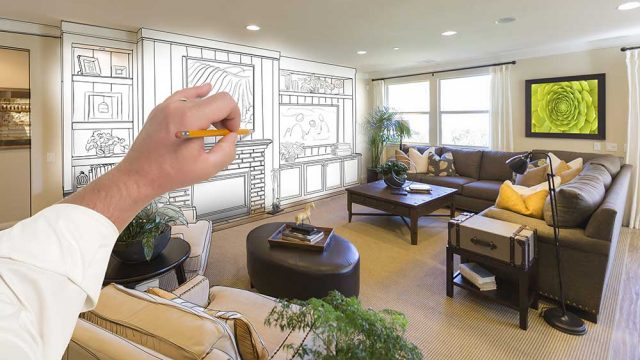Are you tired of spending so much of your time indoors or at the office and never creating time to even enjoy your own backyard? The rat race and household chores tends to eat up our time, leaving us unable to smell the roses much less grow them. But it need not be so.
Designed smartly and managed efficiently, a home garden can take only a few hours a week to keep in good order, plus a little more than that at season’s beginning and end. Almost everyone has that much time.
And you need not think of your new garden as mere entertainment or simply for the perfunctory purpose of growing food. It can be a true “home improvement.”
Step One: Plan and Build
The first step in “installing” a new garden in your backyard is to choose the ideal location and map out a workable plan. Generally choose as sunny a spot as you can. Avoid tree roots, rocky or sandy soil, “soggy” spots, and steeply sloping ground.
Measure out the exact dimensions of the whole garden. Map out where you will put up a fence, where you will build raised beds, where you will plant the seeds (in clay pots or direct in the ground). This is the “infrastructure” of your garden that will last for many years to come: so be willing to invest in quality materials.
Step Two: Research Your Seeds
Get a good gardening book or look up information on each vegetable, fruit, herb, or flower you want to grow in your new garden. A lot of researching is going to go into organizing a sensical planting.
Besides asking yourself which types of fresh produce you would love to eat on a regular basis and which vegetables you can save the most money on by avoiding having to buy them at the store, you need to choose your seeds based on ease of growth, growing season, space requirements, and compatibility with the soil you have in your backyard.
Check out Seed Collections – Seed Needs online for a great selection of seeds and important information on how to grow them. This will enable you to strategize and organize your garden to get the maximum output.
Step Three: Planting and Transplanting
Once you have your seeds, your plan, and your garden infrastructure is fully constructed, it’s time to actually use your garden. Many species do best if you plant them in trays and then transplant them to the garden after a couple weeks or months (think tomatoes and peppers). Others, like snow peas and snap beans, can be put right into the ground.
You will need a planting plan in regard to when to plant just like in regard to what to plant. Map out a schedule on paper and follow it. The rest is just a matter of faithfully watering, fertilizing occasionally, laying down some mulch once the plants are about six inches high, and picking the produce.
How Will a Garden Improve My Home?
Built and managed right, a garden will enhance the beauty of your backyard. Positioned as near as possible to a door leading to your kitchen, it will be extremely convenient. It will certainly provide you with fresh, nutritious veggies and fruits you can’t find at the supermarket or that would cost you far more.
Also, a garden will give you a chance to get outside, enjoy the fresh air, and get in some exercise without even having an official “exercise program.” Finally, two last points: running a garden is a valuable educational experience and a chance for family togetherness. All of that is surely a significant “home improvement.”












